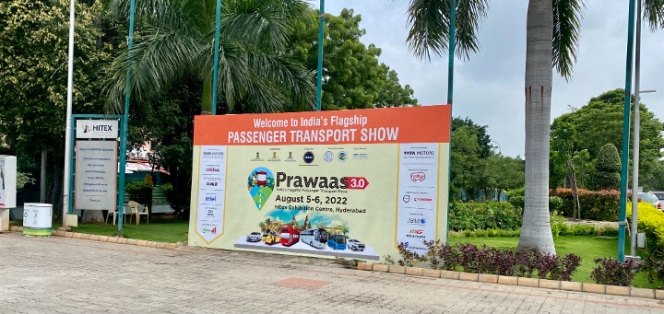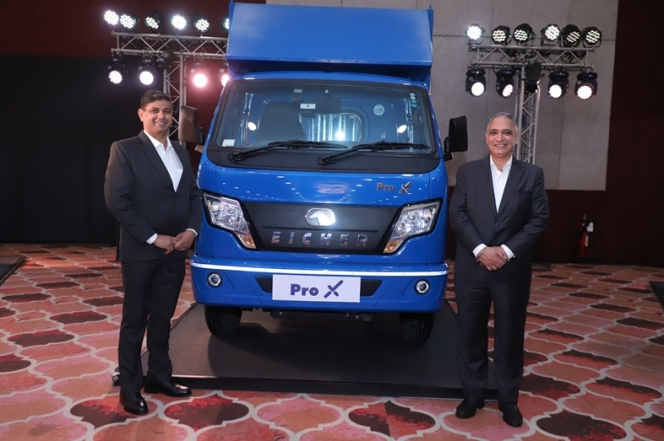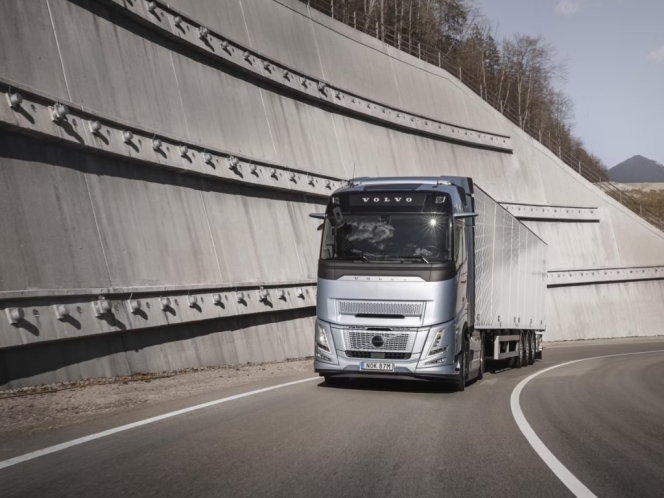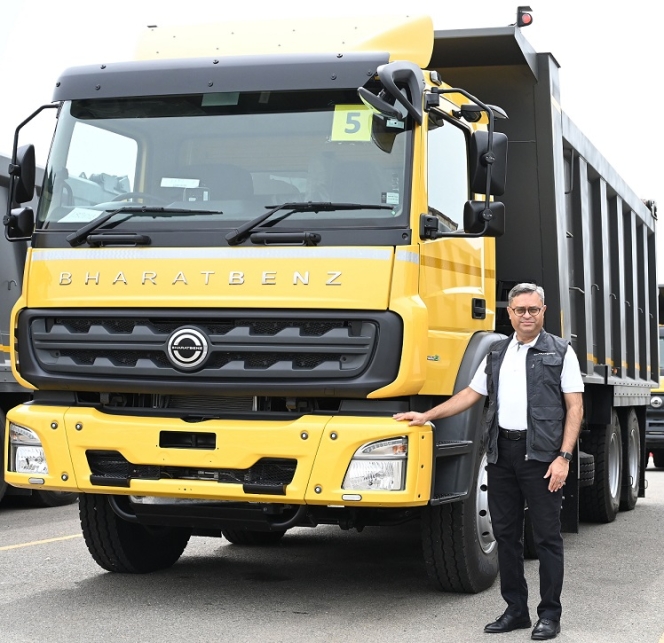The ‘Prawaas’ of public transport
- By Juili Eklahare
- September 19, 2022

Prawaas 3.0 was recently held at the Hitex Exhibition Centre in Hyderabad, India, in August this year with a focus on safe and sustainable public transport solutions. The exhibition was for three long days, from 4th to 6th August 2022, with some of the biggest names in passenger mobility present, along with engaging presentations, discussions, conferences and more. A post-event report…
With customer needs constantly developing and changing, it’s pivotal that the automotive industry keeps up with these needs. And when we say automotive, we aren’t leaving public transport solutions out.
Coming together as one, major and umpteen players from the commercial and public transport segment were under one roof recently at the third edition of India's flagship conclave and exhibition, Prawaas 3.0, held at the Hitex Exhibition Centre in Hyderabad, India, from 4th to 6th August 2022. The three-day show was organised by the Bus & Car Operators Confederation of India (BOCI), along with the Andhra Pradesh & Telangana State Bus Operators Association. The central theme of the event was ‘Towards Safe, Smart, Sustainable Passenger Mobility’. With this central theme, this edition of the exhibition had a prominent focus on showcasing electric vehicles and sustainable mobility. Additionally, it released its Prawaas 3.0 programme document.










Comments (0)
ADD COMMENT